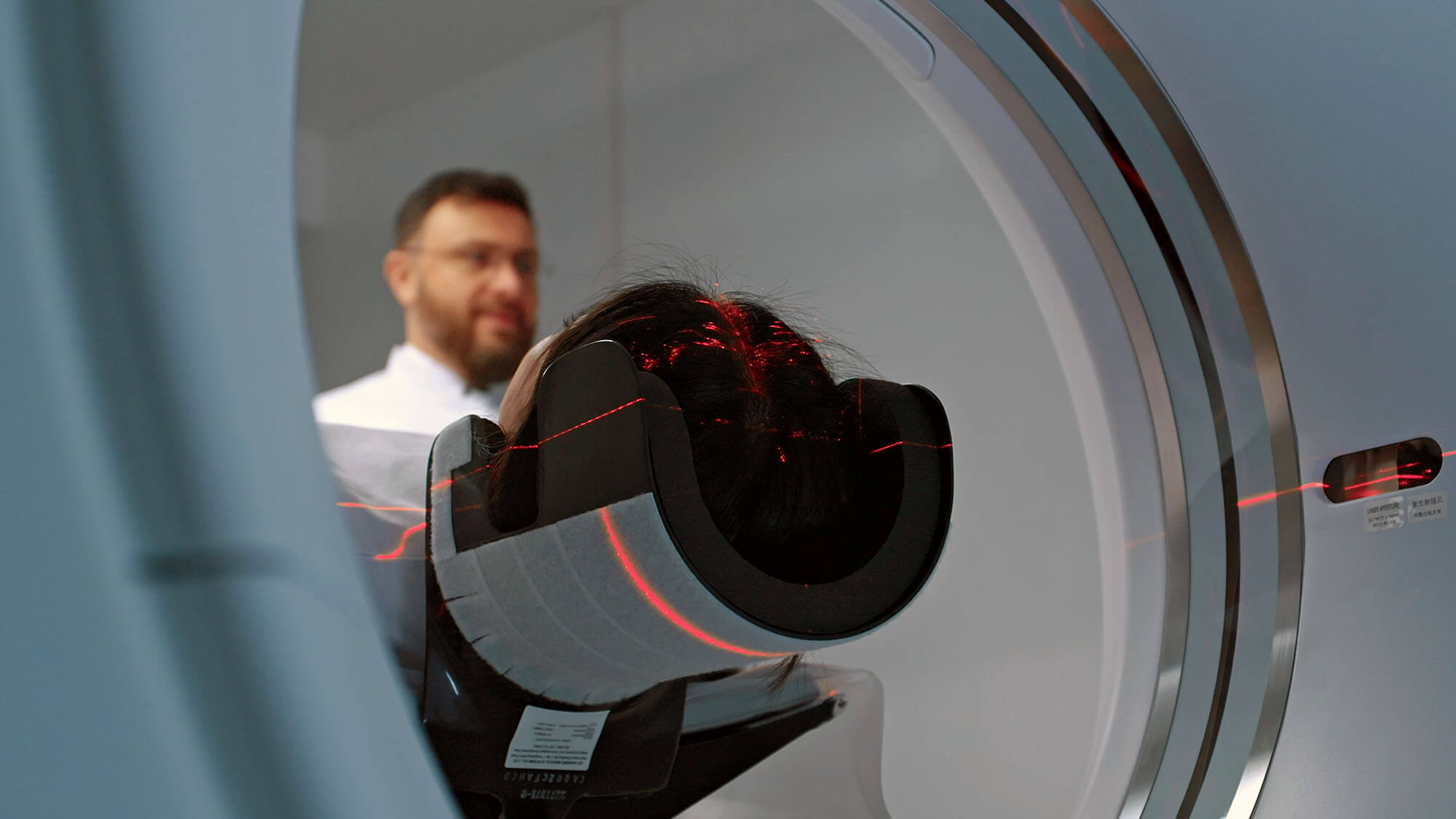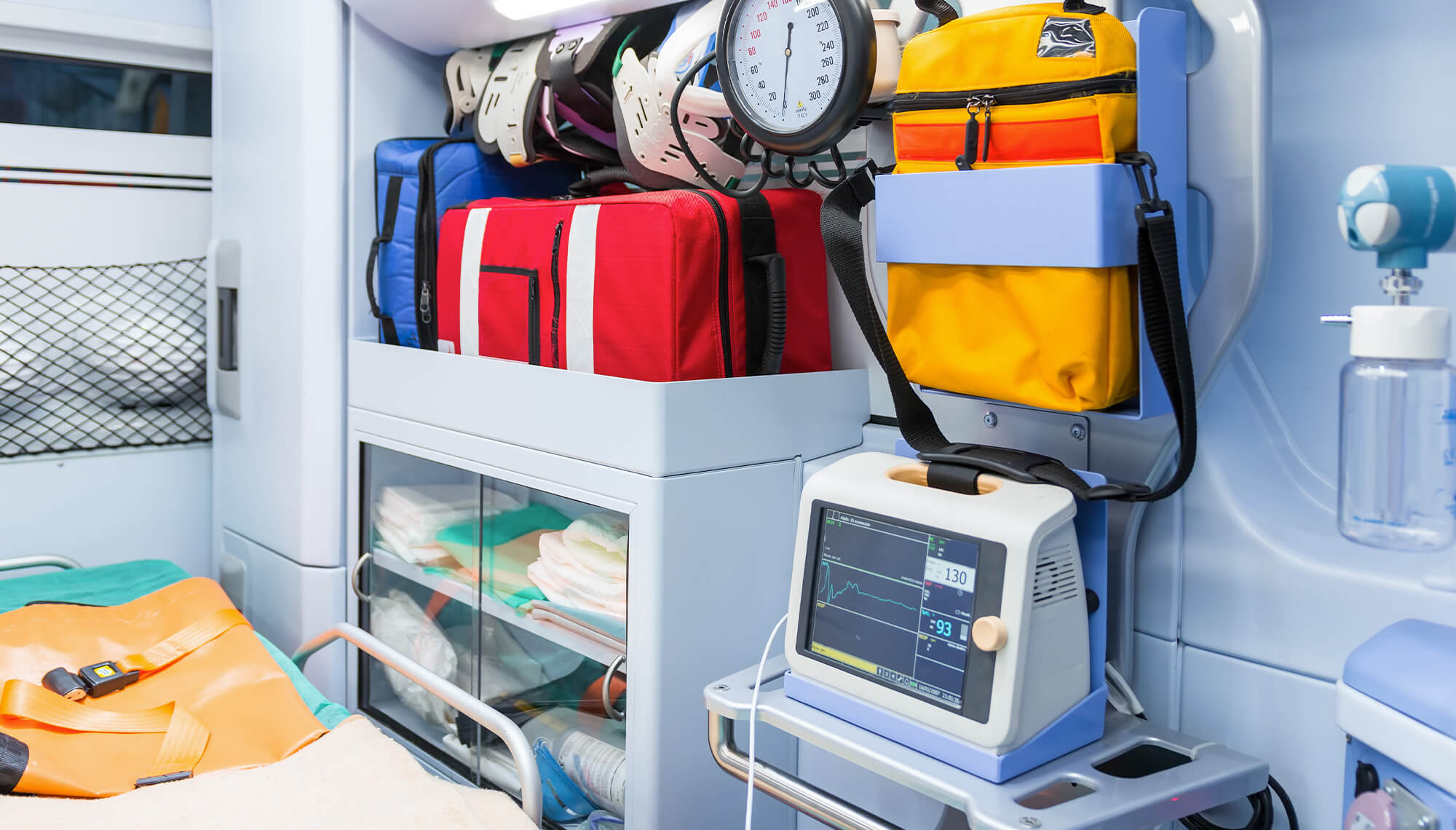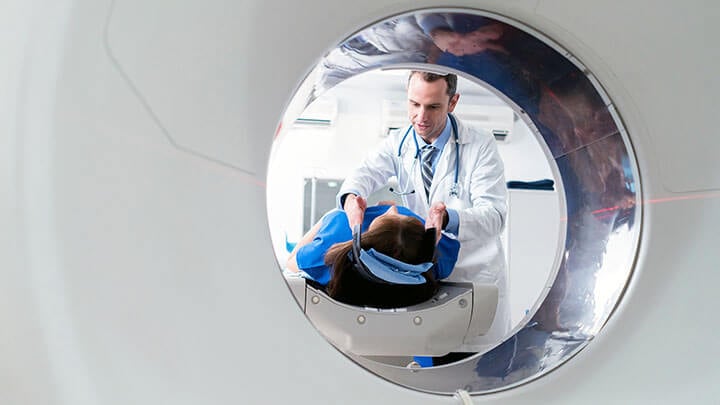MDSAP in 2025: A Strategic Compliance Pathway for Global Medical Device Manufacturers

12 Aug 2025
Why a Single Audit Could Open Doors to Five Key Markets
Medical device manufacturers today face increasing regulatory complexity. Each jurisdiction brings its own set of evolving standards, inspection protocols, and documentation requirements, making global market entry more challenging than ever. In response to this complexity, the Medical Device Single Audit Program (MDSAP) has emerged as a powerful tool for streamlining regulatory compliance across multiple major markets.
Launched following decades of collaboration among global regulators, MDSAP allows a single audit to satisfy the quality system requirements of multiple authorities. As of 2025, these include Health Canada, the U.S. Food and Drug Administration (FDA), Brazil’s ANVISA, Australia’s Therapeutic Goods Administration (TGA), and Japan’s Ministry of Health, Labour and Welfare (MHLW). For manufacturers seeking international reach, this audit consolidation reduces duplicative assessments while aligning with the regulatory priorities of over 60% of the global medical device market.
What Is MDSAP?
At its foundation, MDSAP integrates ISO 13485:2016 requirements with the national regulatory expectations of the participating countries. The goal is to establish a standardized, comprehensive audit process that satisfies the needs of multiple regulators. Unlike traditional models where each country conducts separate inspections, MDSAP empowers approved Auditing Organizations (AOs) to perform a single audit, providing a shared result accessible to all five regulators via a secure electronic portal.
This centralization brings significant benefits. Companies that participate in MDSAP are removed from the FDA’s routine inspection list, for example.
The MDSAP Audit Lifecycle
The MDSAP certification process follows a structured, three-year cycle, beginning with an initial audit conducted in two stages:
- Stage 1 Audit: Focuses on a comprehensive review of documentation. This includes an evaluation of the manufacturer’s quality management system against ISO 13485 and applicable country-specific requirements. It also assesses readiness for the on-site portion of the audit.
- Stage 2 Audit: Typically conducted on-site, this phase involves direct observation of operations and verification that documented processes are being effectively implemented and that all applicable requirements are met.
Although some manufacturers choose to schedule these stages back-to-back, most allow one to three months between them to mitigate risk and address areas of concern communicated during the Stage 1 Audit. After certification, organizations are subject to annual surveillance audits and a recertification audit every three years.
Nonconformities identified during audits are graded on a scale from 1 to 5, with Grade 5 representing the most severe impact. If one Grade 5 and/or more than two Grade 4 findings are detected, the auditing organization must notify regulators within five days. While AOs do not enforce penalties, such findings can trigger independent investigations or actions by national regulatory authorities.
Regulatory Flexibility and Responsiveness
A defining feature of MDSAP is its ability to adapt to shifting regulatory requirements. The MDSAP Audit Approach, a publicly available document, is updated regularly to reflect changes in national legislation. For instance, when Canada revised its post-market surveillance requirements, the MDSAP model was updated accordingly. This ensures that audits are conducted using current references and helps manufacturers stay aligned with regulatory expectations. Maintaining compliance is not only about following initial certification procedures. Auditors also evaluate how manufacturers keep pace with new or updated regulations over time. Organizations are expected to demonstrate active monitoring of changes and corresponding updates to their quality management systems.
Jurisdictional Scope
A common misconception is that manufacturers can “opt-in” to select MDSAP countries. However, the MDSAP certification scope must include all applicable jurisdictions where a company is marketing or intends to market its products. Manufacturers cannot selectively exclude countries from their audit scope once enrolled.
How MDSAP Coordinates with Other Global Compliance Requirements
Although MDSAP and EU MDR (CE marking) are distinct compliance frameworks, several auditing organizations are both MDSAP-approved and designated as EU Notified Bodies. This creates an opportunity for combined audits, reducing duplication of effort. The MDSAP audit template includes space to incorporate EU-specific findings, allowing auditors to issue a single, integrated report that covers both MDSAP and MDR requirements. This dual-certification approach simplifies documentation and shortens audit timelines, two critical advantages for companies with global distribution strategies.
While the European Union is not a Regulatory Authority Council (RAC) member country in MDSAP, it remains engaged as an Official Observer in ongoing harmonization discussions. Additionally, MDSAP reports are increasingly used by other regulatory bodies, even if those countries have not officially joined the program.
What Happens If There Are Major Nonconformities?
When nonconformities are identified, manufacturers must respond swiftly. A corrective action plan must be submitted within 15 days, with resolution expected within 30 days. These responses, along with the original audit findings, are uploaded to the MDSAP portal.
The Strategic Advantage of MDSAP
For manufacturers targeting global markets, especially those covered by the five founding members, MDSAP represents a strategic advantage. It provides a streamlined path to compliance, reduces audit fatigue, and demonstrates a strong commitment to quality and regulatory alignment.
Furthermore, regulators themselves support the program because it allows for more efficient use of resources and fosters greater consistency across international inspections. The program’s success is grounded in decades of collaboration through global harmonization initiatives, and it continues to evolve to meet the needs of a fast-changing industry.
For organizations looking to enter or expand in Canada, the U.S., Brazil, Australia, or Japan, participating in MDSAP is a market access enabler.
In 2025, the MDSAP framework continues to serve as a cornerstone of international medical device compliance. By providing a harmonized, transparent, and efficient audit process, it offers immense value to manufacturers navigating multiple regulatory systems. As the program matures and potentially expands to include new jurisdictions, its relevance is only expected to grow—making early adoption and mastery of MDSAP a smart move for any globally minded medical device company.


